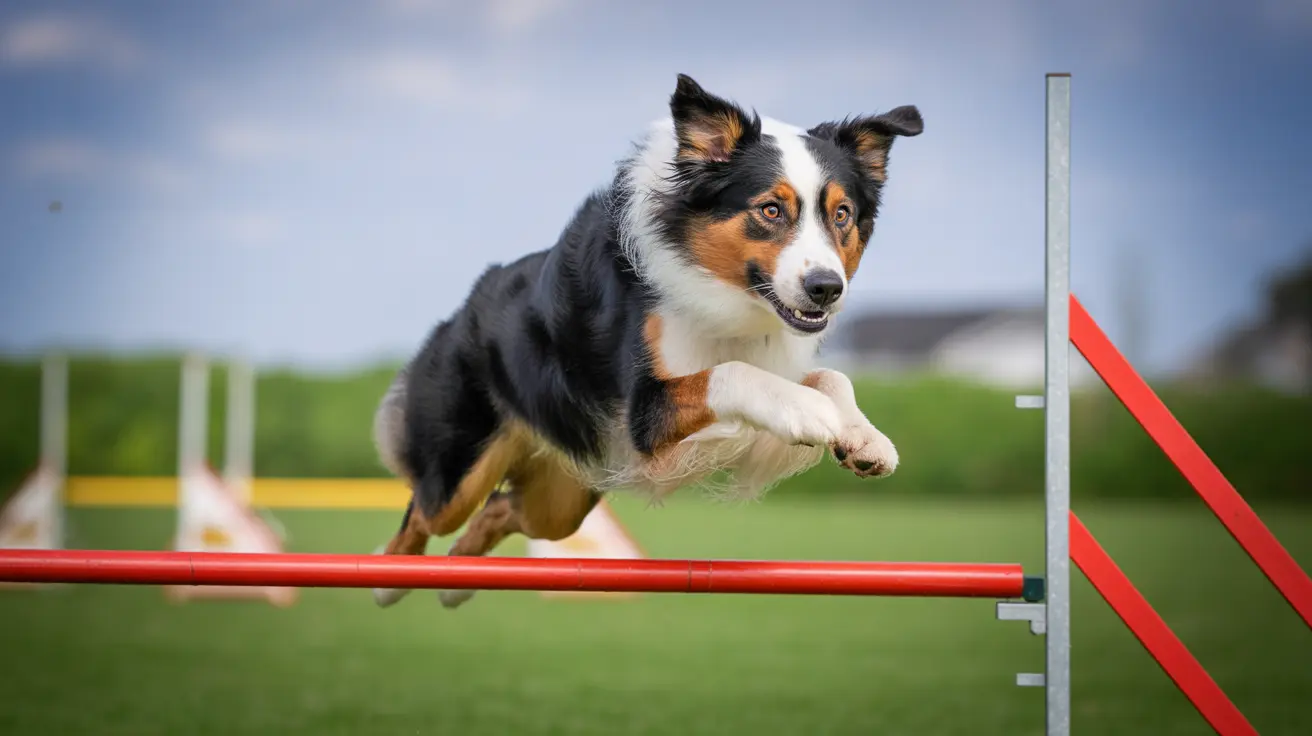Understanding the 7 Second Rule for Dogs
As pet owners, it's crucial to protect our furry companions from environmental hazards, especially during extreme temperatures. One widely recommended safety measure is the 7 second rule for dogs. This simple yet effective guideline helps determine whether outdoor surfaces like asphalt or pavement are safe for your dog to walk on during hot weather.
What Is the 7 Second Rule?
The 7 second rule advises dog owners to place the back of their hand on the pavement for seven seconds. If the surface is too hot to maintain contact with your skin for the entire duration, then it’s also too hot for a dog’s sensitive paw pads. Dogs’ paws are not designed to handle high surface temperatures, which can often rise well above air temperature, especially during summer.
Why This Rule Matters
Dogs can suffer from burns and heat-related injuries just by walking on overheated surfaces. Pavement can reach dangerously high temperatures quickly, sometimes exceeding 120°F (49°C), even when the air temperature is only around 85°F (29°C). These conditions can cause:
- Paw pad burns, leading to limping, redness, and blistering
- Heat exhaustion or heatstroke, which can be life-threatening
- Delayed wounds that can become infected without immediate care
How to Use the 7 Second Rule
To assess surface safety:
- Place the back of your hand—not your palm—on the ground.
- Try to keep your hand there for a full 7 seconds.
- If you can’t, the surface is too hot for your dog. Choose another surface or time of day.
Alternatives During Hot Weather
If the 7 second test fails, consider these safer walking options:
- Walk your dog early in the morning or later in the evening when surfaces are cooler.
- Use grassy paths or shaded routes instead of roads or sidewalks.
- Invest in protective dog booties that insulate paws from hot ground.
- Keep walks short and provide water regularly to prevent overheating.
Recognizing Paw Burns
If your dog walks on hot surfaces and exhibits discomfort, check for the following signs of paw damage:
- Limping or reluctance to walk
- Darkened or red paw pads
- Blisters or peeling skin
- Excessive licking or chewing of paws
First Aid and Veterinary Attention
If your dog sustains a paw burn:
- Move your pet to a cool and shaded area immediately.
- Rinse the paws with cool (not cold) water to relieve heat and wash away debris.
- Avoid home treatments like ointments unless advised by a vet.
- Contact your veterinarian for an assessment and professional care.
Preventive Measures
Besides using the 7 second rule, dog owners can take steps to prevent heat-related paw injuries:
- Moisturize paw pads with vet-approved solutions to prevent cracking.
- Maintain nail trimming, which helps dogs walk more balanced and avoid excess pressure on any one part of the paw.
- Test different surface types—lighter-colored pavements retain less heat than darker asphalt.
- Limit exercise during peak sun hours to avoid both paw injury and heatstroke risks.
The Importance of Awareness
Using the 7 second rule isn’t just about paw protection; it’s a sign of responsible pet ownership. It reflects awareness and concern for the well-being of dogs, who rely on their owners to make informed decisions. Remember, dogs don't wear shoes and will rarely show pain openly. Taking proactive steps like using this rule can prevent long-term damage and demonstrate care.
Conclusion
The 7 second rule is a quick and reliable way to evaluate surface heat and protect your dog from potential harm. In summer months especially, surfaces can become perilously hot and dangerous. Following this rule, choosing shaded or grassy areas, and avoiding peak sun hours can significantly reduce risks. Always stay alert to your dog's behavior and consult a vet if any signs of paw injury occur. With thoughtful precautions, you can ensure that walks remain enjoyable and safe for both you and your canine companion.





